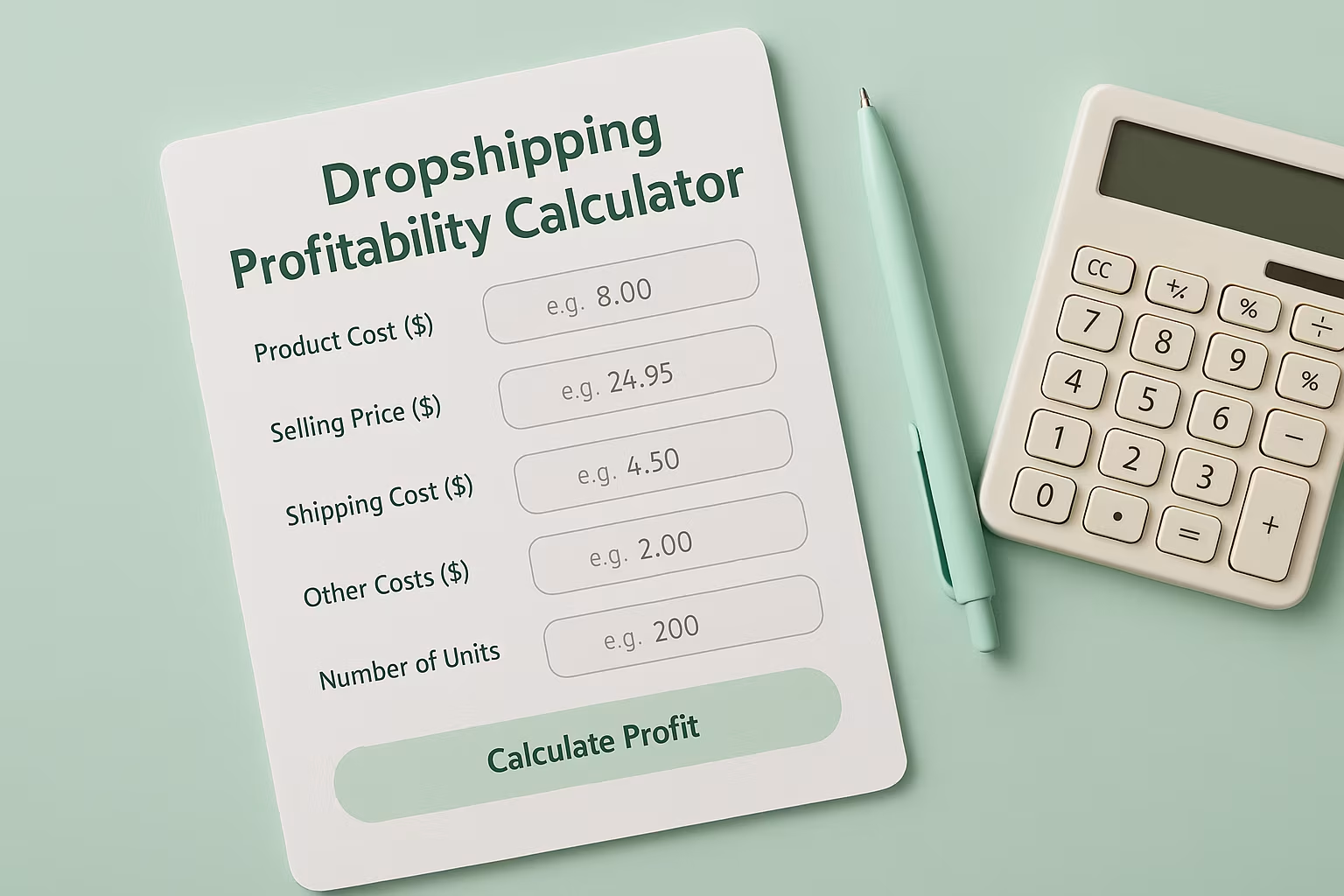How to Find Wholesale Suppliers for Amazon FBA: Essential Tips for Building a Profitable Business
%20(1).avif)
Most Amazon sellers report net profit margins between 15% and 20%. The key to reaching these higher margins? Working with reliable suppliers who offer consistent quality.
After all, without quality products at competitive prices, even the most sophisticated marketing strategy will fall flat. Many new sellers don’t know how to find wholesale suppliers for Amazon FBA, often wasting months overpaying for inventory.
But with the right approach, you can build profitable supplier relationships that give your business a genuine competitive edge.
How To Find Wholesalers for Amazon FBA: 4 Key Strategies

Finding wholesale suppliers goes beyond Google searches and cold emails. It takes strategy, online research, networking, and negotiation. Strong supplier relationships are key to long-term success.
- Start with Online Supplier Directories
Online directories offer the most accessible starting point for new Amazon sellers. These platforms aggregate thousands of suppliers across various industries, making them ideal for initial research and outreach.
Top wholesale directories to explore:
- Alibaba/AliExpress - The largest global B2B marketplace connecting Western buyers with primarily Chinese manufacturers. Ideal for finding suppliers with existing product lines that you can private label.
- ThomasNet - Particularly strong for North American manufacturers across industrial categories, with over 500,000 suppliers listed.
- Worldwide Brands - A curated directory of certified wholesalers that provides additional verification, though it requires a membership fee.
- HKTDC - The Hong Kong Trade Development Council's sourcing platform focuses on Hong Kong and Chinese suppliers with generally higher quality standards.
When using these directories, don't just contact the first few suppliers you find. Create a spreadsheet to track at least 15-20 potential partners, comparing their MOQs (minimum order quantities), pricing tiers, production capabilities, and communication responsiveness.
- Attend Trade Shows and Industry Events
While online research is convenient, nothing replaces face-to-face interactions with potential suppliers. Trade shows provide concentrated opportunities to evaluate dozens of suppliers in a single day, order product samples firsthand, and negotiate terms in person.
And remember — how those samples are ultimately presented matters too. Authentic product styling, like the kind shown in this LinkedIn example, often resonates more than polished campaigns.
Key trade shows for Amazon sellers include:
- ASD Market Week (Las Vegas) - Held twice yearly, this massive retail merchandise show covers practically every product category.
- Canton Fair (Guangzhou, China) - The largest trade fair in China, featuring over 25,000 exhibitors across three phases covering different product categories.
- CES (Las Vegas) - Essential for electronics and tech products.
- NY NOW (New York) - Excellent for home goods, gifts, and lifestyle products.
When attending trade shows, bring business cards, prepare specific questions about production capabilities and lead times, and be ready to discuss your business model openly. Many wholesalers are wary of working with Amazon sellers due to prior negative experiences, so conveying professionalism is crucial.
- Contact Manufacturers Directly

Cutting out middlemen can significantly improve margins. Many Amazon sellers overlook the possibility of contacting manufacturers directly, assuming they only work with large retailers. This assumption often proves false.
To approach manufacturers effectively:
- Research brands in your target niche and identify who makes them
- Look for "Contact Us" or "Become a Distributor" links on their websites
- Prepare a professional email that outlines your business model, projected volumes, and why a partnership would benefit them
- Follow up persistently but respectfully - manufacturer relationships often take months to develop
One effective strategy is to start with smaller, hungry manufacturers rather than industry leaders. Regional or up-and-coming brands are typically more open to working with growing Amazon FBA businesses and may offer more favorable terms.
- Explore Industry-Specific Wholesale Marketplaces
Beyond general directories, numerous industry-specific platforms cater to high-demand product categories. These specialized marketplaces often feature suppliers who better understand the nuances of their vertical.
For example:
- Faire - Specializes in unique, boutique products with favorable terms for retailers
- Tundra Focuses on emerging brands with no membership fees
- Abound - Curates handmade and artisanal products
- FashionGo - Dedicated to apparel and fashion accessories
These specialized platforms frequently offer benefits like net-30 payment terms, curated supplier lists, and streamlined ordering processes that general directories don't provide.
How to Evaluate and Select the Right Wholesale Suppliers for Amazon FBA
Finding potential suppliers for Amazon FBA is just the beginning. The real challenge lies in separating reliable business partners from problematic vendors who could derail your Amazon operation.
Verify Supplier Legitimacy and Capabilities
Before sending any money or signing agreements, thorough verification is essential. Supplier fraud and misrepresentation remain persistent problems, particularly in international sourcing.
Verification steps should include:
- Request business registration documents - Compare these against government databases where possible
- Check trade references - Ask for 3-5 current customers and actually contact them
- Start with small test orders - Evaluate product quality, packaging, and shipping reliability before committing to larger purchases
- Verify product authenticity - If dealing with branded goods, confirm the supplier has proper authorization to distribute them
For suppliers outside your country, consider using inspection services like AsiaInspection or third-party verification through platforms like Alibaba Trade Assurance to add an extra layer of protection.
Negotiate Terms Beyond Just Price
New Amazon sellers often focus exclusively on product cost while overlooking other terms that significantly impact profitability. Experienced FBA sellers know that payment terms, shipping arrangements, and quality guarantees can matter just as much as the per-unit price.
Key terms to negotiate include:
- Payment terms - Aim for net-30 or net-60 terms rather than upfront payment
- Minimum order quantities - Start with smaller MOQs while you prove your sales volume
- Shipping arrangements - Determine who arranges freight forwarding and bears shipping risk
- Exclusivity options - Consider whether territorial exclusivity might be beneficial
- Returns policy - Clarify how defective products will be handled
Approach negotiations as partnership discussions rather than transactional haggling. Suppliers are more likely to offer favorable terms to buyers they see as long-term partners rather than one-time purchasers.
Evaluate Supplier Communication and Reliability
A supplier's communication patterns during the negotiation phase usually predict how they'll handle issues once you're doing business together. Pay close attention to response times, clarity of information, and willingness to address concerns.
Red flags to watch for include:
- Excessive delays in responding to basic queries
- Unwillingness to provide samples or references
- Vague answers about production capacity or lead times
- Reluctance to put agreements in writing
- Pressure tactics to commit quickly without due diligence
The best suppliers maintain transparent communication, acknowledge limitations honestly, and demonstrate a genuine interest in understanding your Amazon business model.
Additional Strategies for Finding Untapped Wholesale Opportunities for Amazon FBA
Beyond the standard approaches, several advanced strategies can help Amazon sellers discover suppliers with less competition and better terms.
Reverse Engineer Competitor Supply Chains
Successful Amazon sellers often use competitive research to identify promising supplier relationships. This approach involves:
- Identifying competitors selling similar products with strong rankings
- Purchasing their products and examining packaging for supplier information
- Looking for import records through services like ImportGenius or Panjiva
- Checking product documentation for manufacturer details
While not every investigation yields results, this method occasionally uncovers valuable supplier connections that aren't readily apparent through standard research channels.
Work with Sourcing Agents for Specialized Access
For sellers targeting specific regions like China or Vietnam, working with a local sourcing agent can provide access to suppliers who don't have an English-language web presence or trade show participation.
Good sourcing agents offer:
- Native language communication with local suppliers
- Cultural navigation of business practices
- Negotiation expertise in local contexts
- Quality control oversight
- Logistics coordination
While sourcing agents add cost (typically 5-10% of order value), they often pay for themselves through better pricing, quality assurance, and access to suppliers unavailable through Western-facing channels.
Join Amazon Seller Communities for Supplier Leads
The collective knowledge of seller communities frequently includes valuable supplier information that isn't publicly advertised. Active participation in these communities can yield insider tips about reliable suppliers.
Valuable communities include:
- FBA Winner's Circle
- Amazon Seller Central forums
- r/FulfillmentByAmazon on Reddit
- Various Facebook groups for Amazon sellers
While suppliers are rarely mentioned by name in public forums (to prevent competition), private messages and relationship building within these communities can lead to supplier introductions.
Pro Tip: Use Supplier Overruns to Get Premium Products at a Discount
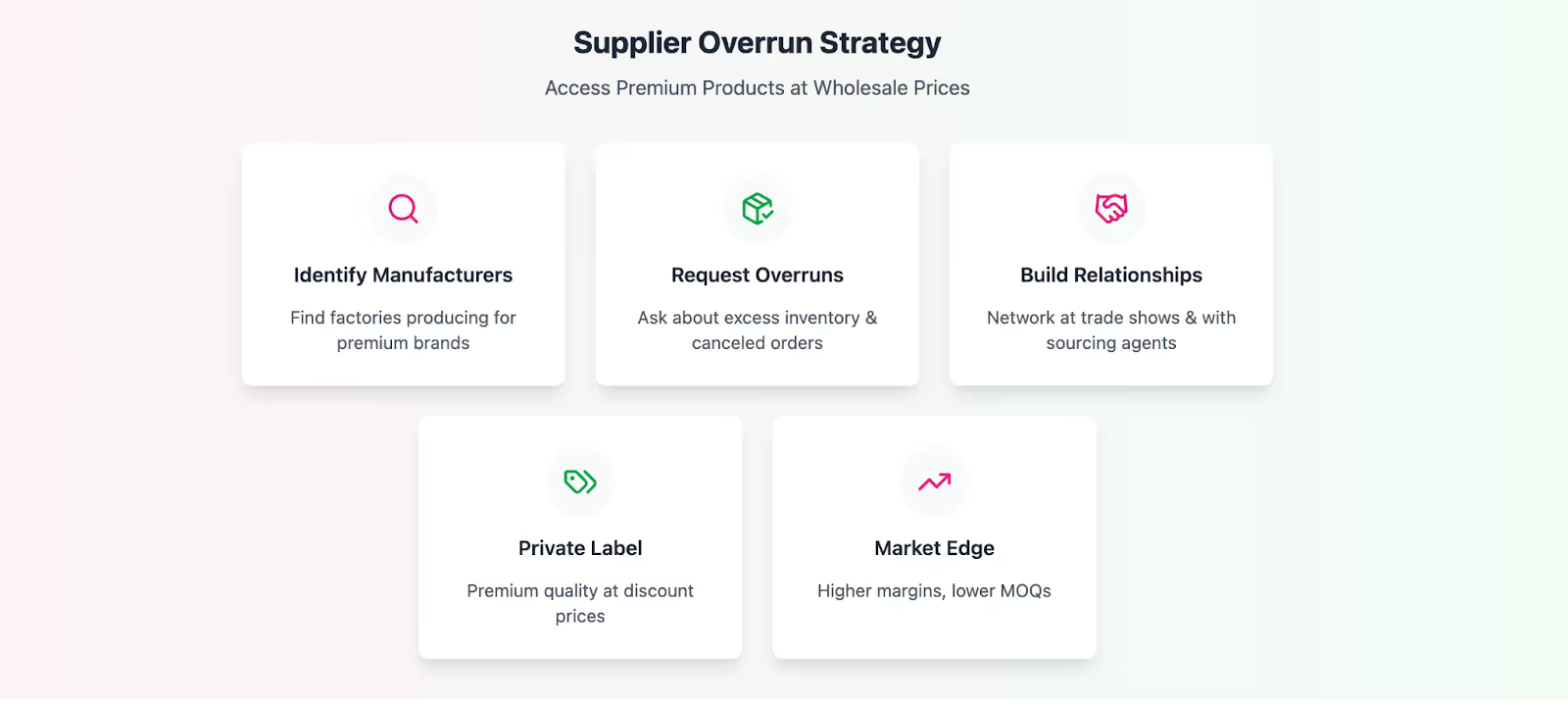
A top wholesale secret is supplier overruns—excess stock from high-end brands made beyond their orders. These unlabeled products match the brand quality but sell for less.
How to Use This Strategy:
- Identify manufacturers that produce for well-known brands in your niche. Many suppliers work with multiple clients, including major retailers.
- Instead of asking for their standard catalog, inquire about overruns or canceled orders—these are often available at deep discounts.
- Use trade shows, sourcing agents, or direct factory outreach to find these opportunities. Factories won’t openly advertise overruns, but building a strong relationship can unlock this insider deal.
- These products are perfect for private labeling, giving you premium quality without paying premium prices. This approach works well on a variety of private label products, from private label supplements to home goods, apparel, and beauty items - all without the typical development costs.
Most sellers focus only on direct wholesale or private-label deals, but tapping into overruns lets you access top-tier products without high MOQs or development costs—a huge edge in the FBA game.
Real-Life Examples: How Amazon Sellers Navigate Wholesale Sourcing
The strategies outlined above aren't just theoretical. Here's how they play out in practice when sellers apply them to build thriving FBA businesses through smart supplier relationships.
Building Supplier Relationships Through Trade Show Connections
Consider a home goods seller who struggles for months with unreliable suppliers found through basic online searches. The breakthrough often comes at events like NY NOW, where face-to-face meetings with mid-sized manufacturers open new possibilities.
By approaching manufacturers with detailed sales projections and a professional pitch, sellers can secure net-60 payment terms and negotiate lower MOQs than standard requirements.
Within six months of establishing these relationships, it's not uncommon to see profit margins increase by 30-35% and product lines expand with additional items from the same trusted supplier.
Key takeaway: Face-to-face connections at trade shows can unlock terms that online negotiations never would.
Implementing a Quality Control System That Strengthens Relationships
Imagine receiving a shipment of 2,000 units with defective packaging that damages 40% of the products—an $8,000 lesson that changes everything. This scenario drives sellers to implement rigorous inspection processes.
A smart approach includes creating detailed product specifications with acceptable tolerance ranges to share with suppliers upfront. This goes hand-in-hand with understanding how to get products manufactured, especially if you’re developing a private label line.
When implemented professionally, quality control systems typically drop return rates, and supplier relationships actually strengthen because manufacturers appreciate working with organized, professional buyers.
Key takeaway: Quality control systems protect your business and earn supplier respect when implemented professionally rather than reactively.
Strategic Inventory Planning Prevents Costly Stockouts
Picture a seasonal home décor seller facing their first holiday season when late shipments cause devastating stockouts, potentially costing $15,000 or more in lost sales during peak season.
The solution involves building a 25% buffer into all inventory planning, maintaining relationships with two backup suppliers for top-selling products, and creating written agreements that include lead time guarantees with penalty clauses.
This approach can improve inventory performance index scores, effectively eliminating stockouts while maintaining healthy inventory levels.
Key takeaway: Historical supplier performance matters more than promises—build realistic buffer stocks and backup plans into your inventory strategy.
Your Roadmap to Wholesale Success
Finding wholesale suppliers for Amazon FBA isn't a one-time project but an ongoing process of relationship building.
Start with 3-5 suppliers in your target niche, develop those relationships fully, and expand methodically.
As you scale, consider finding a reliable dropship fulfillment solution to automate order processing and maintain inventory efficiency across multiple supplier relationships.
Track performance metrics for each supplier partnership, and don't hesitate to phase out relationships that consistently underperform.
Remember that the strongest Amazon businesses typically rest on a foundation of reliable, quality-focused supplier relationships that competitors can't easily replicate.
FAQ
Related blogs
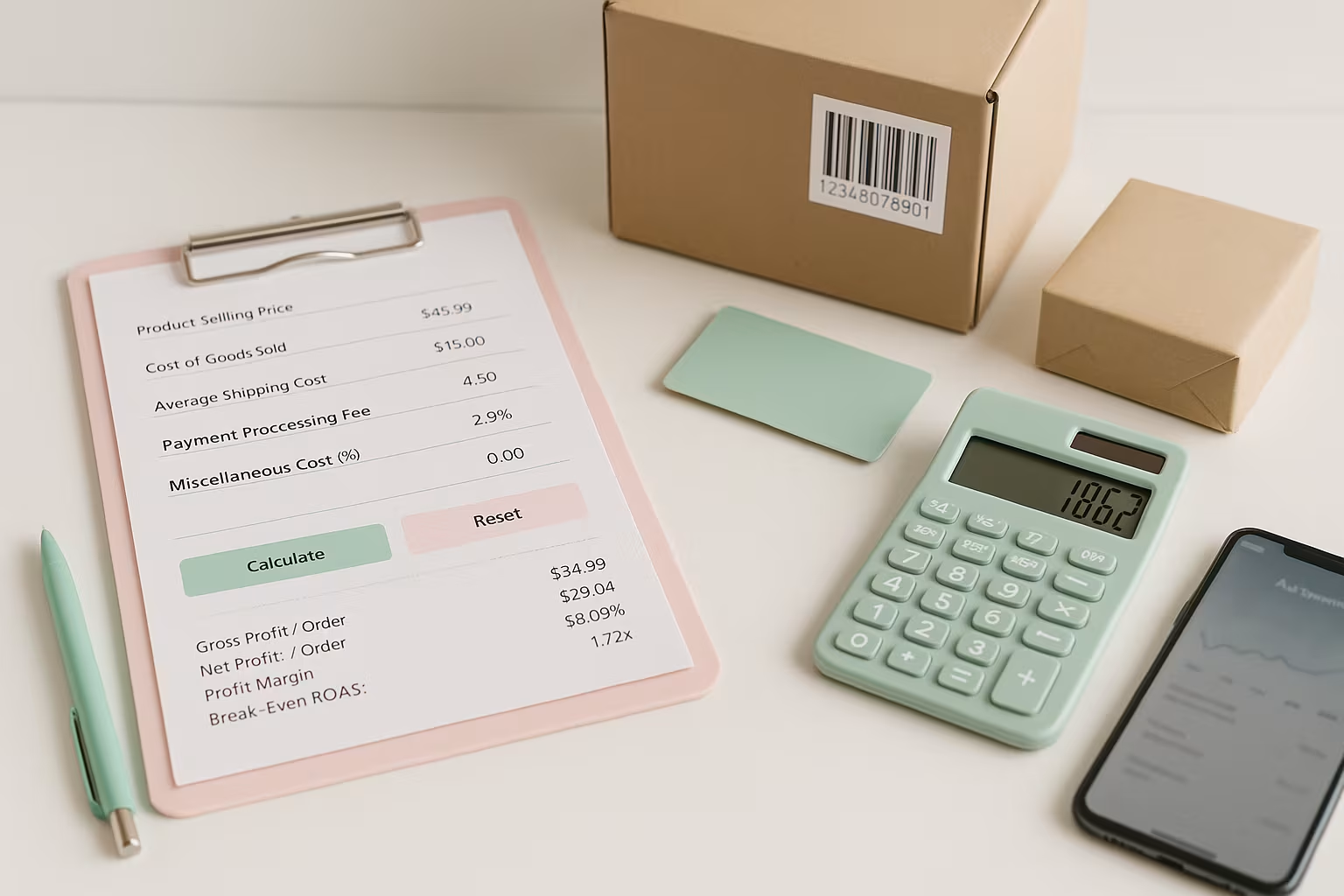
Break-Even ROAS Calculator: Find Out What You Can Afford to Spend on Ads
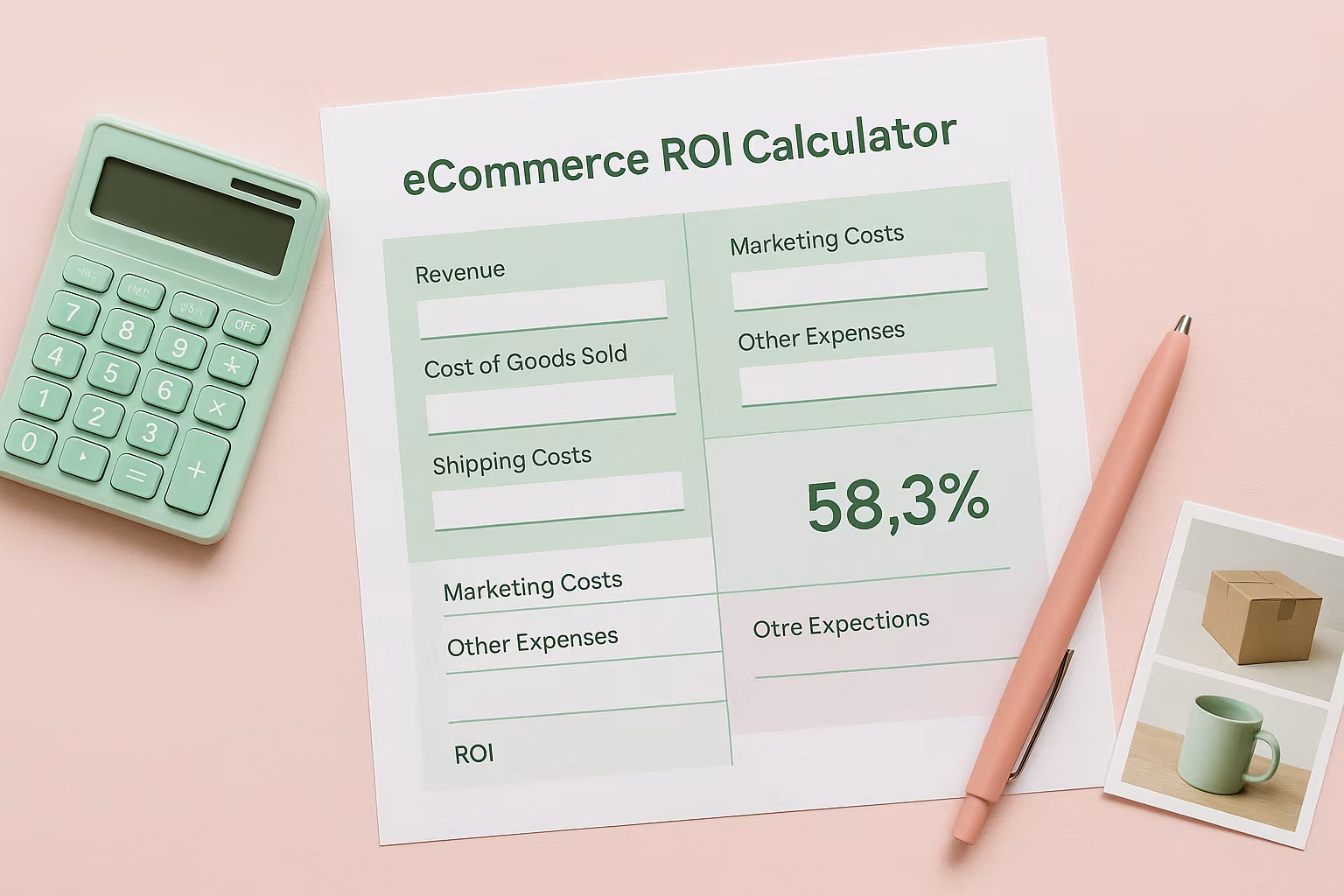
Ecommerce ROI Calculator: Scale Your Store
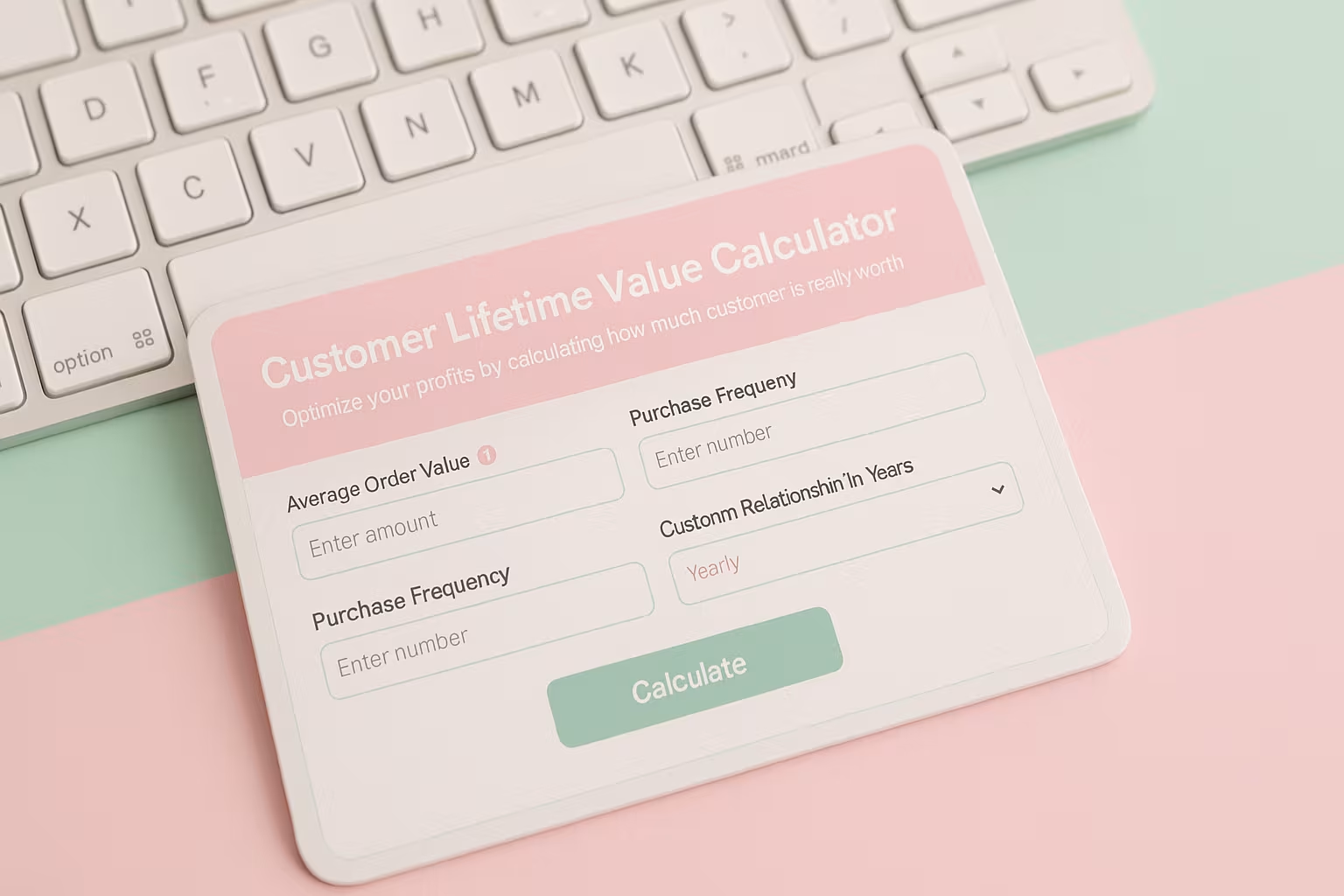
Customer Lifetime Value Calculator: Unlock Your E-commerce Revenue Potential
